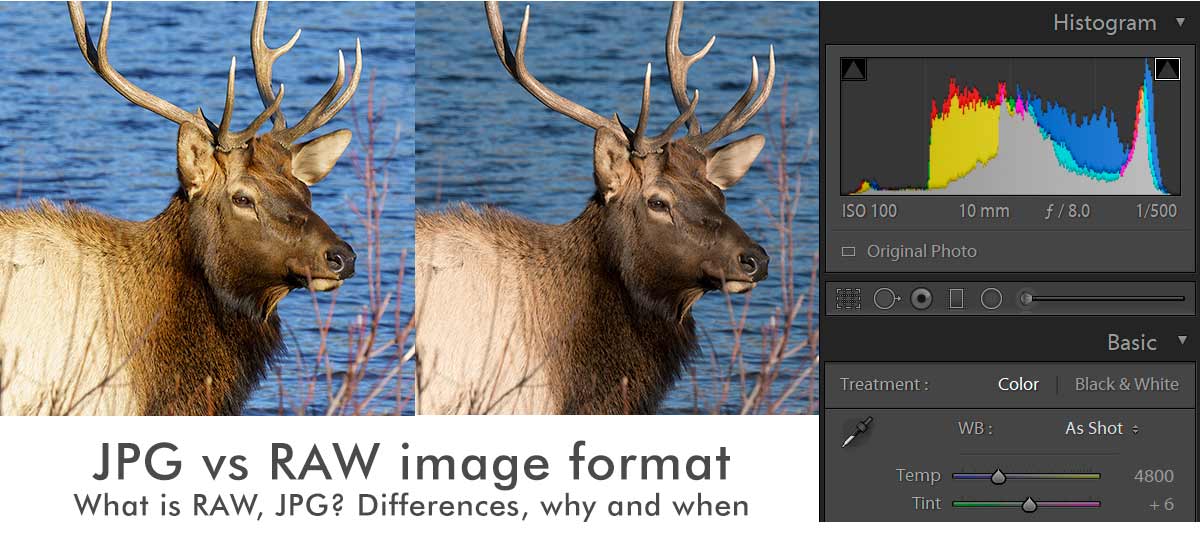Everybody can take a photo nowadays, a camera phone is always available, and digital cameras made photography easily accessible to hundreds of millions of people. I don’t know how many photographs are taken every day, how many times the same motif has been photographed.
No matter what your equipment is, there is the possibility to take a GREAT PHOTO, but what makes a photo a great photo?
Great photos capture the audience, giving the person who is looking at it something more than a ordinary photo. Great photos are about the (image) content, not the price tag of the camera. It is possible to make a great photo with a camera phone or with a 5.ooo Dollar camera. Too many people just focus on the camera and equipment and can’t wait for the next release because they believe that is what they need to make a great photo.
But in reality all is about the content: the subject or object, the composition, the story.
Then suddenly a great picture emerges. That is not the ‘normal’ and that is why only a minimal percentage of all photos taken on a daily basis are good. Most stuff is just not cutting it and I am wondering if there’s something like ‘bad photograph pollution’ and a final place to put them to rest – until then we have Instagram and other platforms which host all the great, good, and also bad photos.
So,… what is a good photo?
First of all, photography — like other art disciplines — is a highly subjective matter and therefore we have have to take personal preferences and taste into consideration.
Secondly, we must agree on the fact that social media popularity is not an accurate measurement for a photo. Sometimes the number of Likes accurately describes a photo and often the photo just gets so many Likes because the person has so many followers. Some followers actually like the biggest crap, no matter what …and there you go with 50k Likes or so….
The story behind a scene in a photo
A great photo? —
- creates and reflects emotion
- catches the eye and audience by either its story, composition, content, subject, mood, light, or otherwise or in combination
- offers a message
- can be open for interpretation
I have worked in the creative agency world and my job was it to create and develop a vision, a route to achieve a client’s goal for their brand, products or services. It is about creating a believable story and campaign for the respective audience and to take trends and zeitgeist into consideration, to create cohesiveness and never loose sight of the big picture and branding aspect. And there’s more, but that goes beyond this topic.
Note: I believe that good material (a perfect model, a great nature scene, a desired product,… and so forth) makes it more easy to make a good photo or video and for professionals these ingredients almost guarantee a perfect outcome. That is a super bonus and helps. Storytelling with an everyday object requires more creativity and planning and sometimes you can’t achieve the same result as with a project where only top ingredients are used.
Street photography is a good example where you work with unscripted situations and ingredients: Millions of people walk by at a given location and do not notice anything and then comes that talented street photographer and creates the Wow-Effect photo of a ordinary object or a social issue — that’s storytelling. Kudos to all of you who have that talent!
With landscape photography and video we are back at the situation where the location (and day of time) just makes or breaks a photo: You have to be able (physically, mentally but also financially) to go to those locations that automatically make storytelling easier. Not everyone can visit those places — conclusion, many things in life are just luck.
Or take photos of a house, interior or exterior: one way is to just hit the shutter button and take 20 photos, may be high quality photos by judging the camera quality and megapixels. That’s the simple boring way.
The better way is to tell the story of the home: can you feel it? What makes it special, what is the message you want to convey? In that photography field everyone can experiment because a story is not just behind a luxury home but can be portrayed the same way for regular homes: for example trying to find the corner and cozy sofa where you and everyone would like to read a book, may be when the optimal sunlight is hitting the area or add some props like a mug of steamy coffee, a nice plant to add some color, etc. That is a possible creative approach to photographing a room with a story and emotion behind it.
Storytelling is the way to go! No storytelling without that a photographer tries to feel and understand the scene, the moment, the object, the message…
Storytelling is not limited to certain topics that cross peoples minds immediately: news reporting, weddings, motion pictures.
Storytelling can be done for all sorts of topics: personal (people) stories, landscapes, a home, a car, news, social observations and issues, environment, nature, animals, brands, products, lifestyle, sport, togetherness, and more.
A story is behind everything, the ART is to find it and to capture it and transfer the feeling you have (when creating the photograph) to the watching audience.
What steps are involved in telling the story?
I worked in many different roles and it allows me nowadays to understand the parts of a project and what is involved in creating the story. On one-hand I created high-level concepts and visions but I also were often in the position to actually put those easy-said visions into reality by designing and creating and visualizing them. Imagining a story and creating it are two different pairs of shoes and it can be hoped that a Creative Director walks also the Art Director’s shoes from time to time to remain realistic with the visionary stuff.
It makes me very aware of the importance of having in-depth knowledge of details when creating visions. Another situation I experienced was that a client discovered their love with creative direction and made everything worse by taking over with ideas that were not fitting together and not professional or trendy or zeitgeist or whatever — so…IF you become a Creative Director or Chief Storyteller: it’s also a diplomatic role where enthusiasm meets reality-reflecting skills and educating, convincing, and sometimes holding-back (stepping on the brakes a bit) is a good idea as well.
Conventionalizing the story
In a role like where I am giving creative direction I need to plan how to visualize the story I am imagining in order to make a client’s goals coming true.
It starts with meetings and briefings you want to understand the company, the product, the audience, and the goals, … just get a well-rounded view of the bigger picture. That allows to start storytelling… planning how to visualize the story. Taking into account the audience, platform, zeitgeist, trends, and so on. Breath in and understand the company, the product / service AND the edge it has: moody, gritty, formal, neutral, whatever… How to proceed depends on the project and if it is video or stills. If you want to tell the story with a single image or with a series or video and if you aim for a beginning, middle, and end of the story or stay in the moment. It’s difficult, otherwise there would be that 10 point list ‘how to do it’.
Hope you got the point and for whatever storytelling you up-to, you need a clear mind, a fresh look, and do your research. There come many aspects into play: diversity, emotions, variety, authenticity and originality, and more, … way more.
Creativity is not easy to achieve, there are times when creativity seems to leave you and there are also the great moments where you can feel all the ideas and energy. Take a break when necessary and come back to the project another time — sure, only in theory when nobody is pushing you with deadlines.
Thanks and Cheers! Peace, Love, and keep safe!


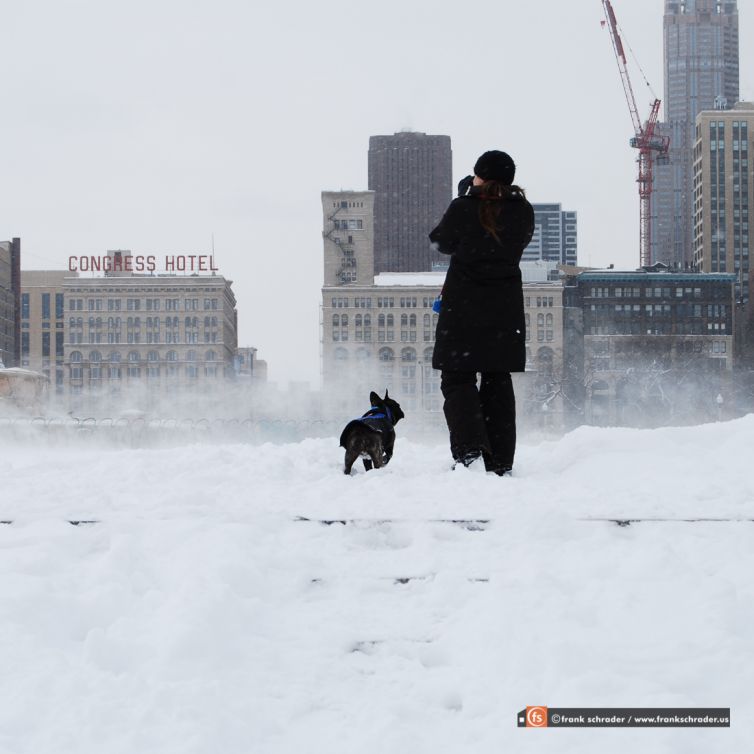
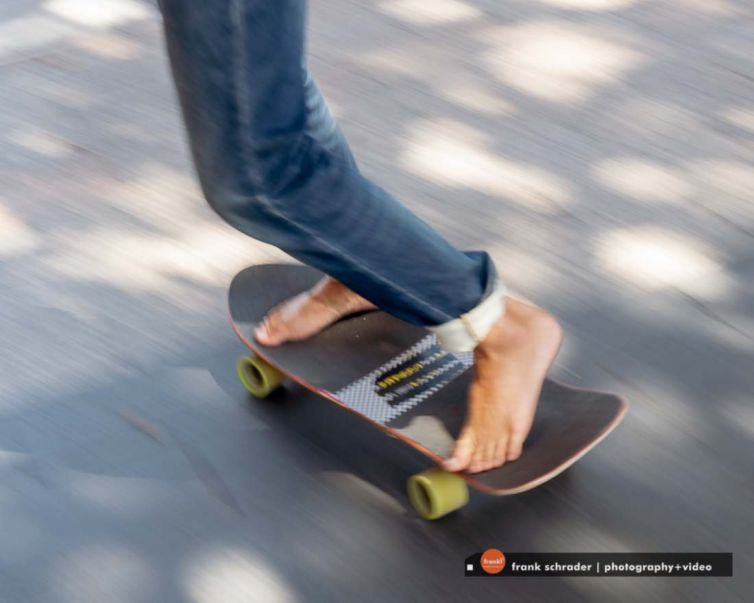
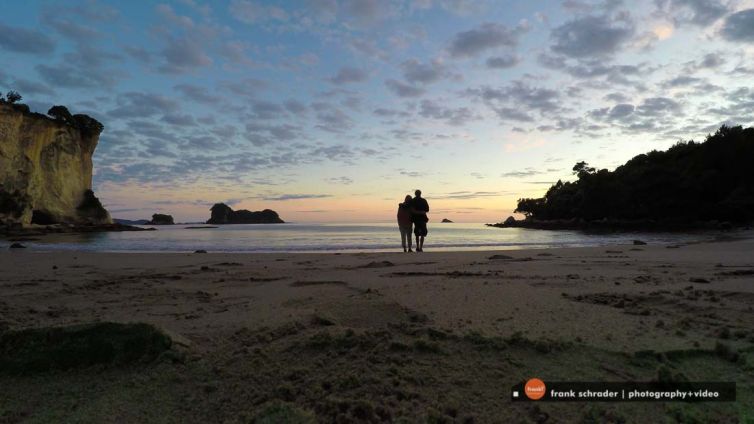

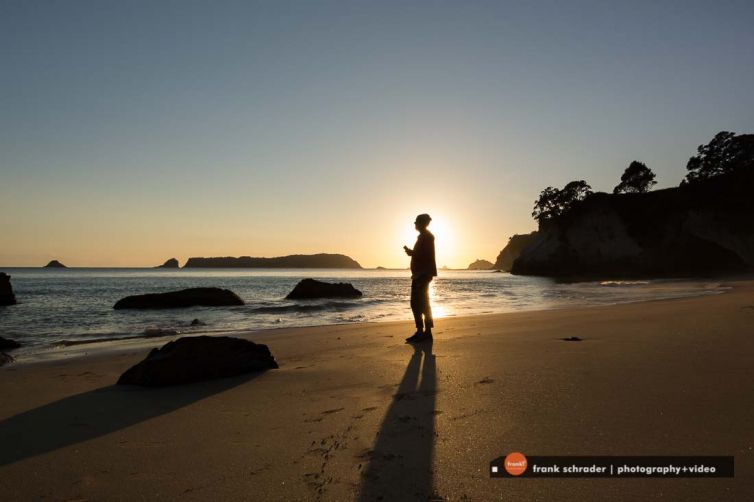
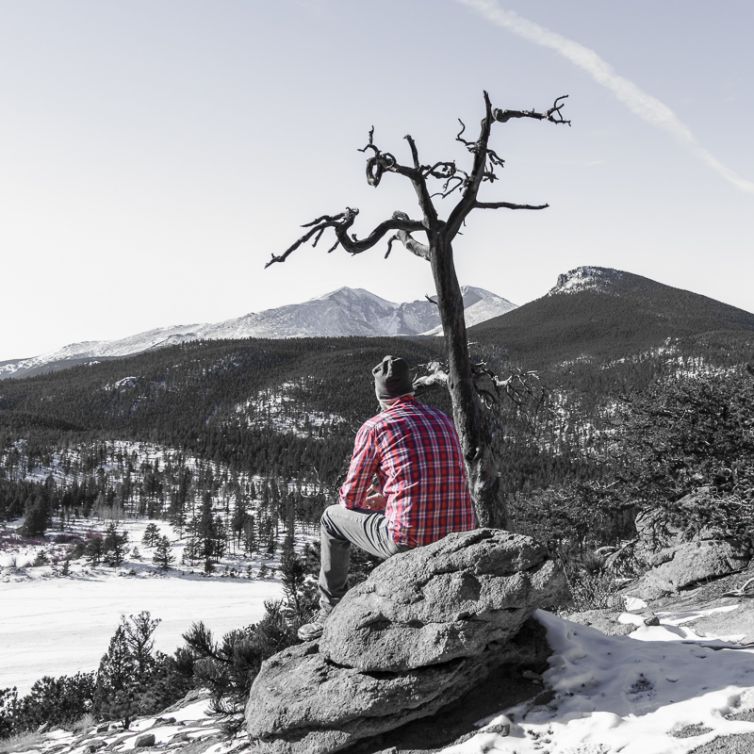
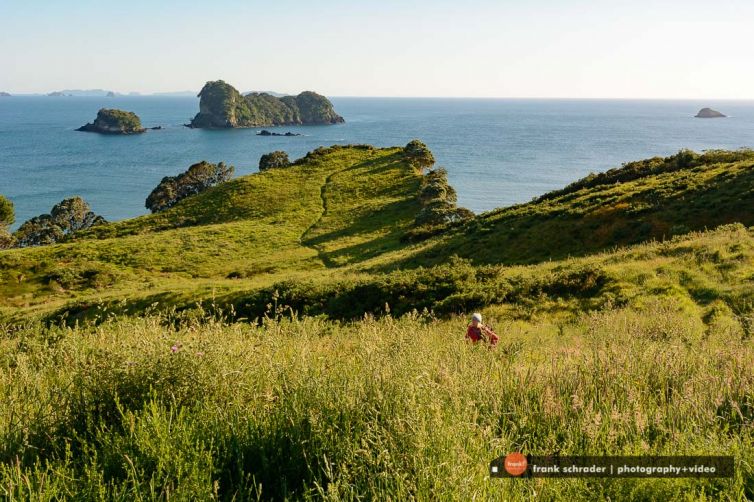
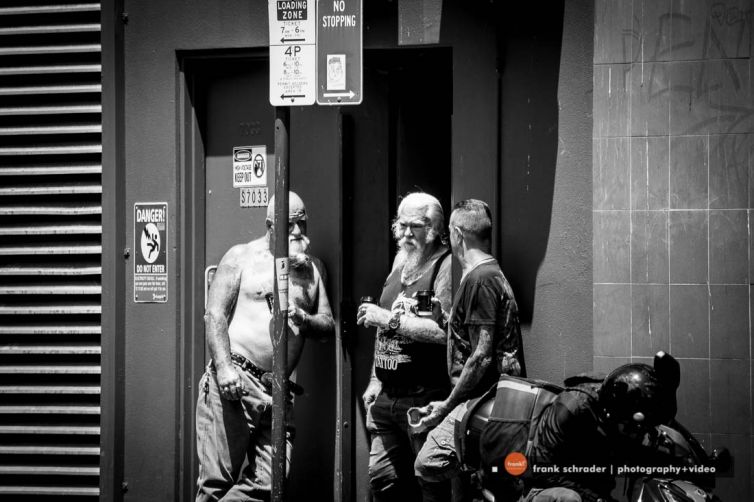
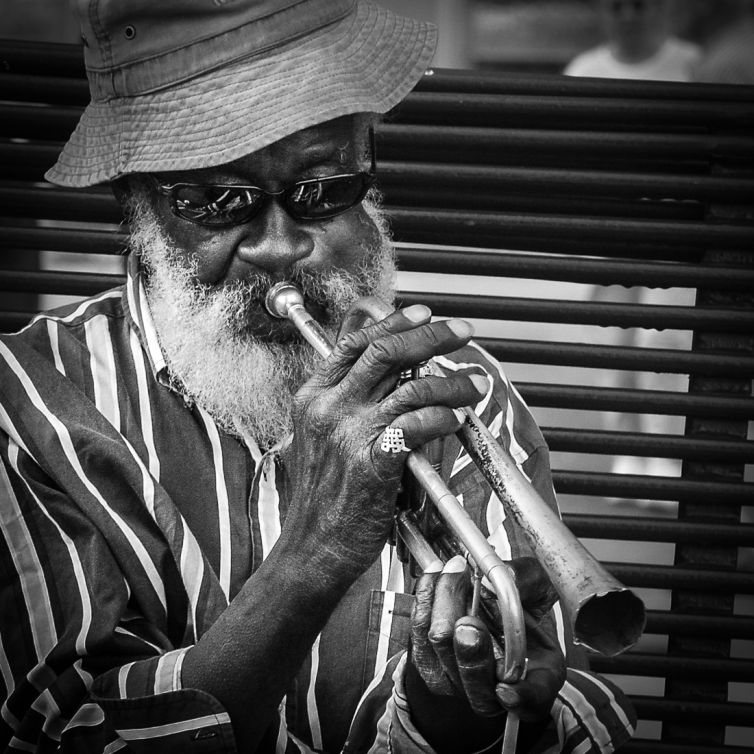
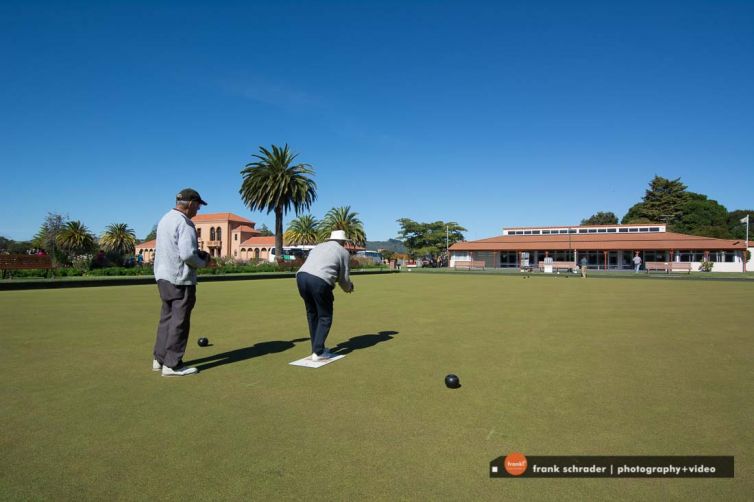
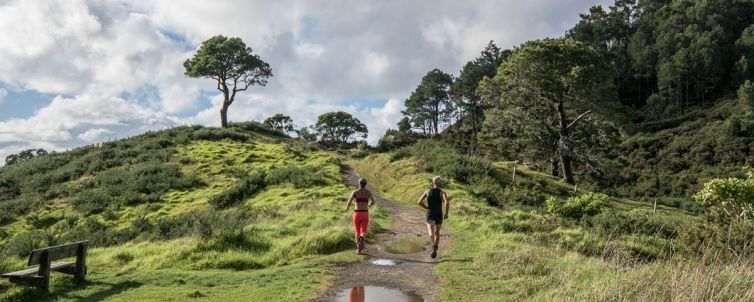
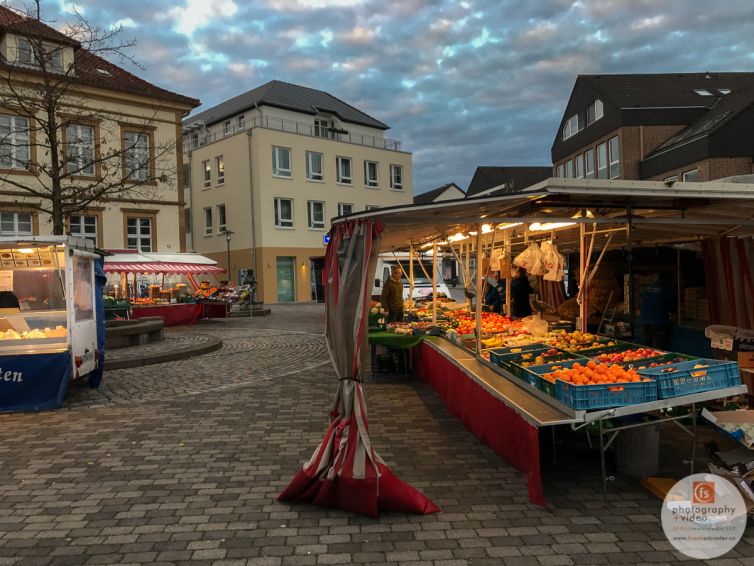
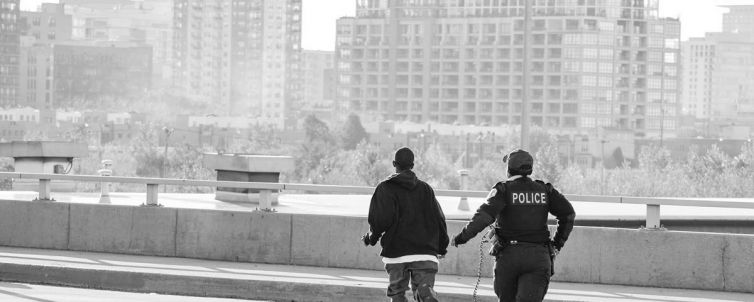
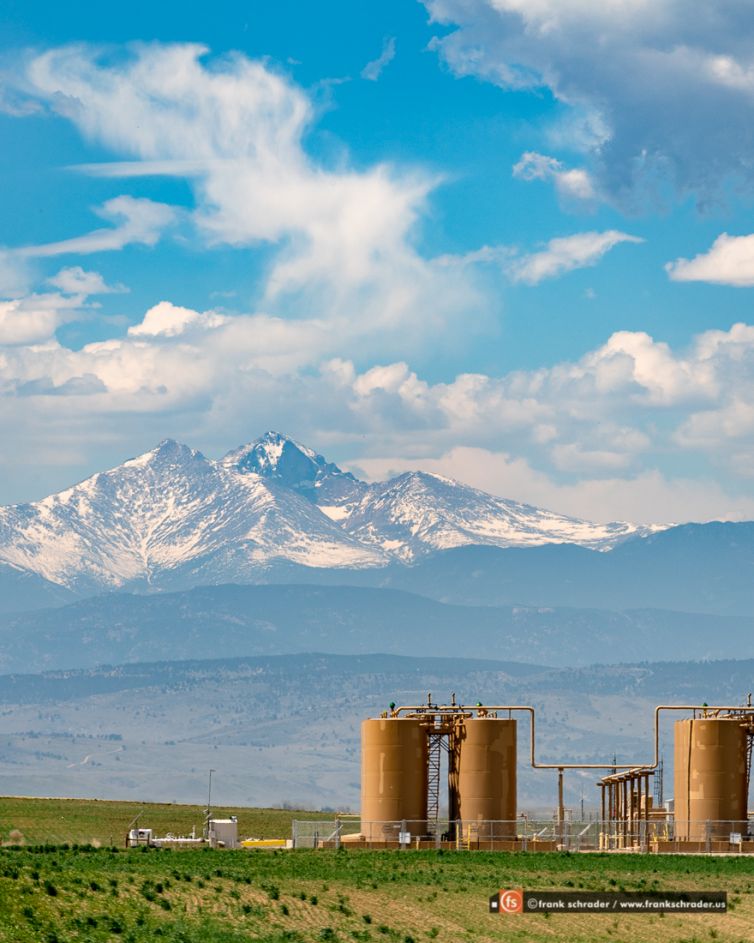
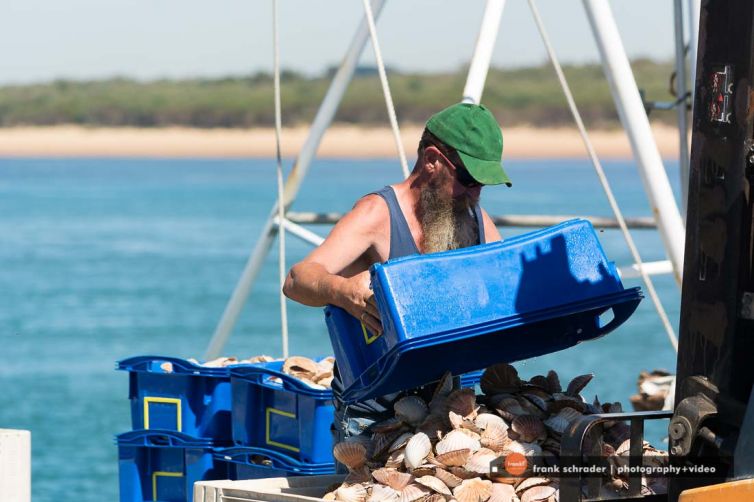

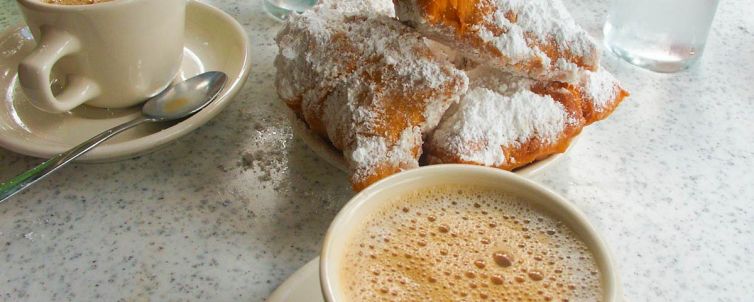

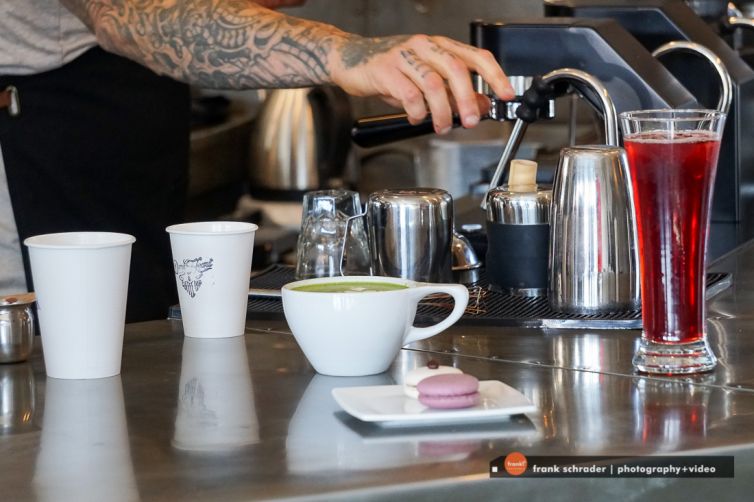




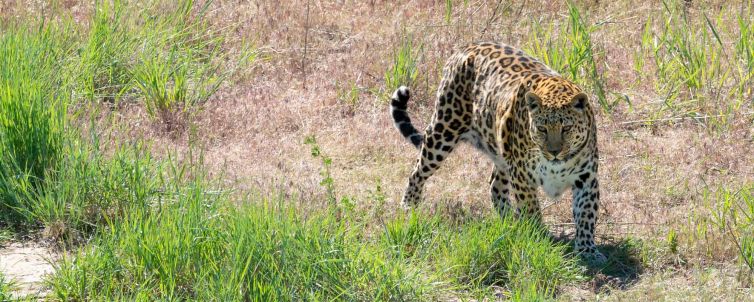

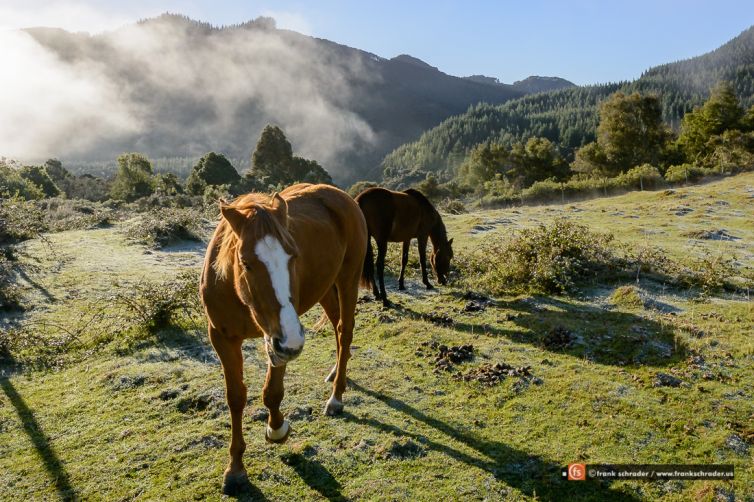

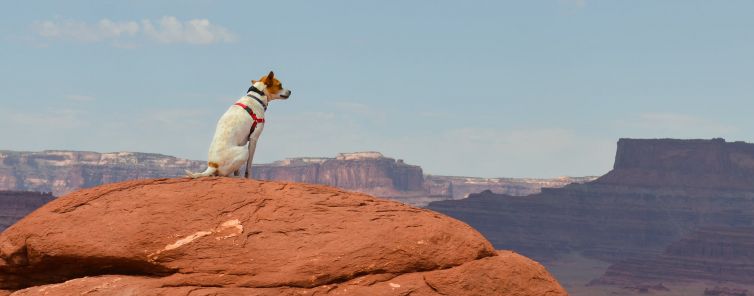
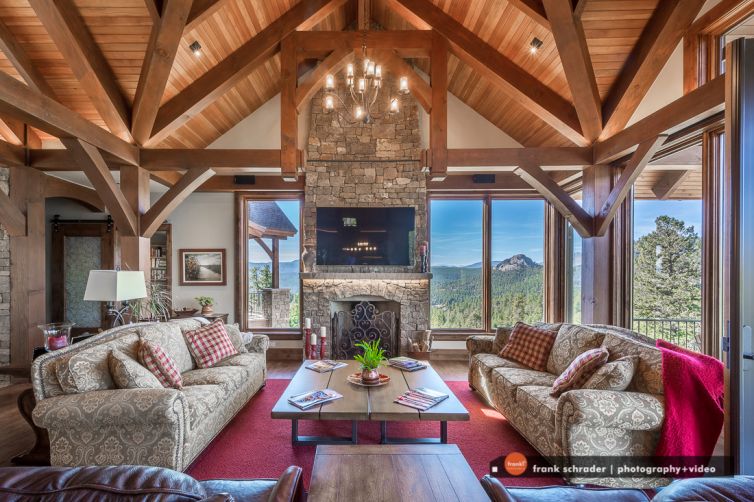
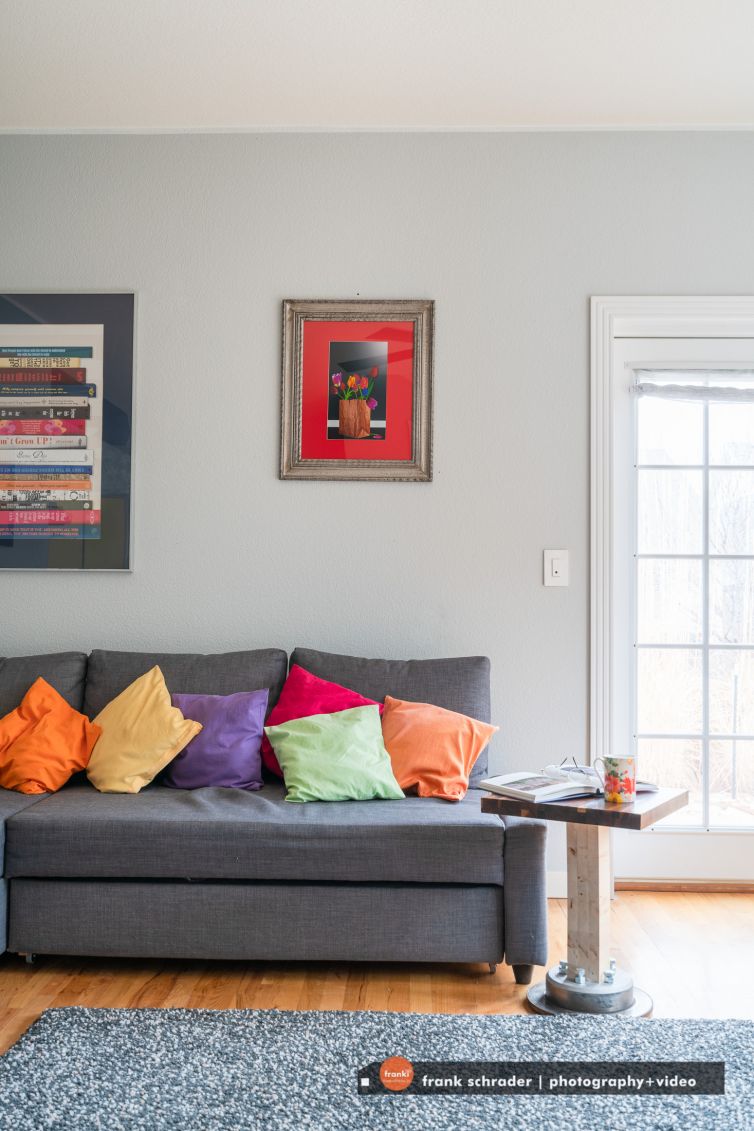
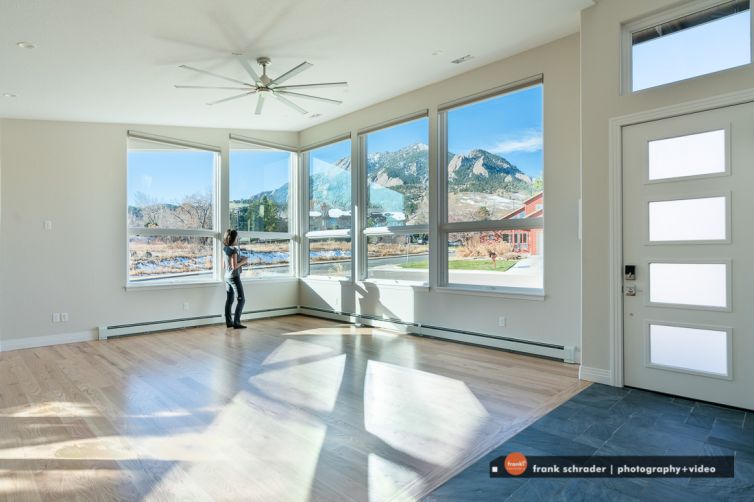
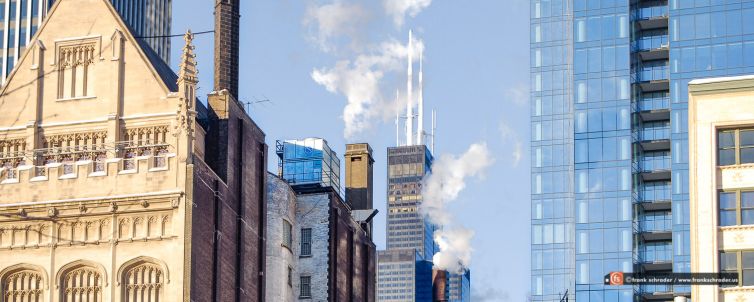
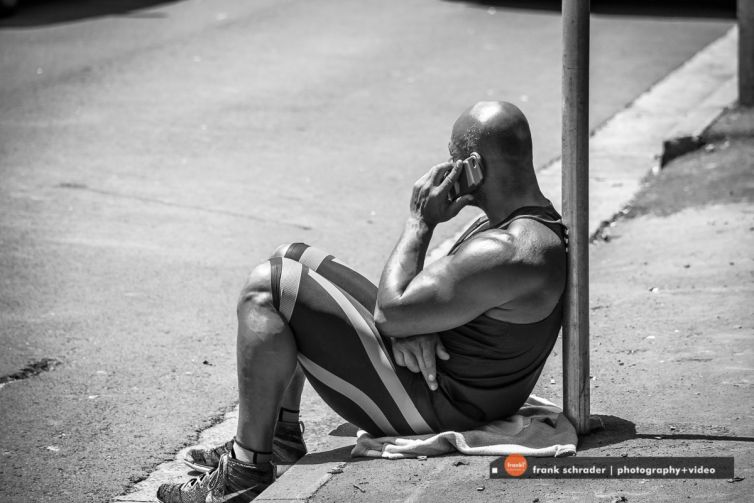
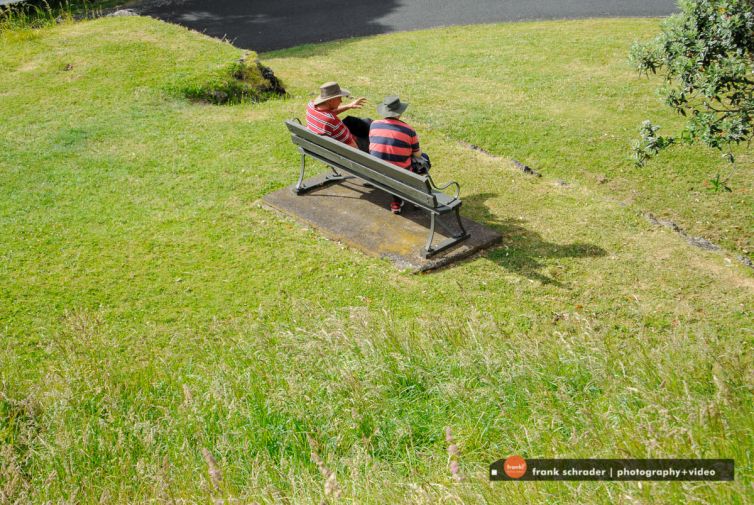
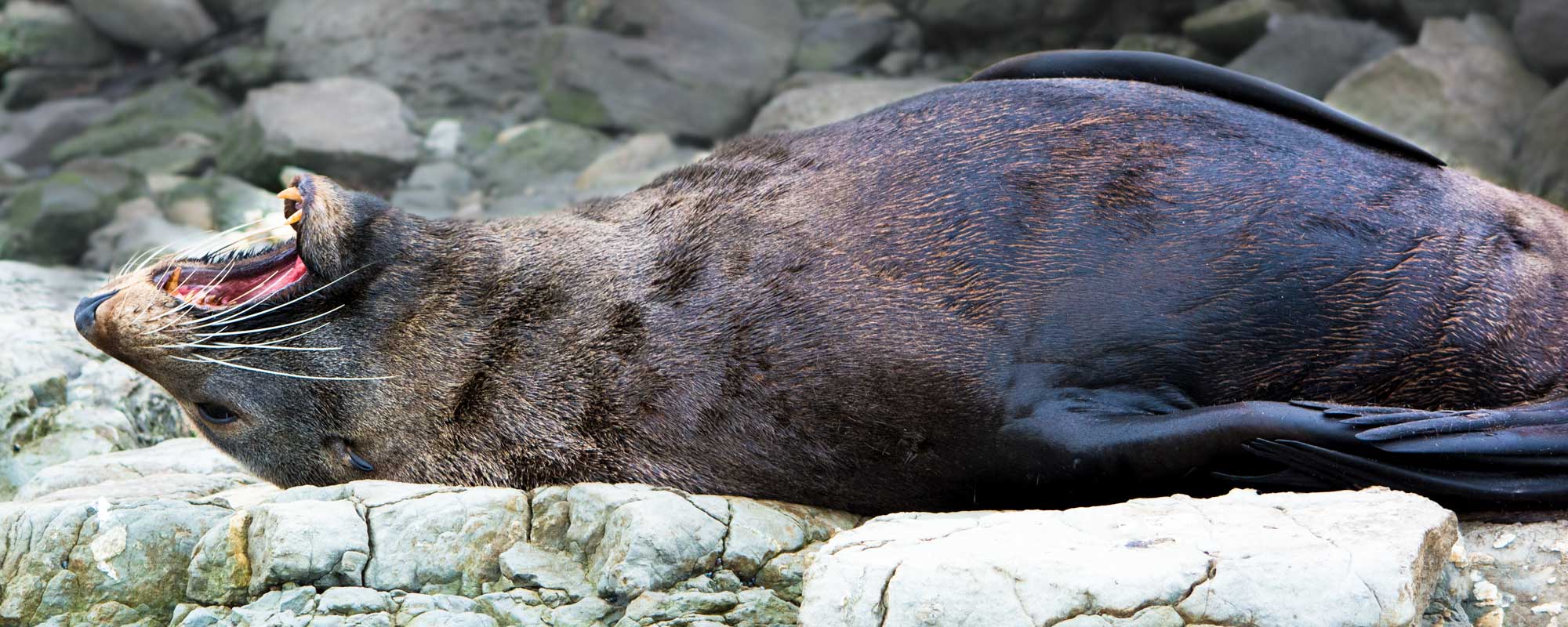
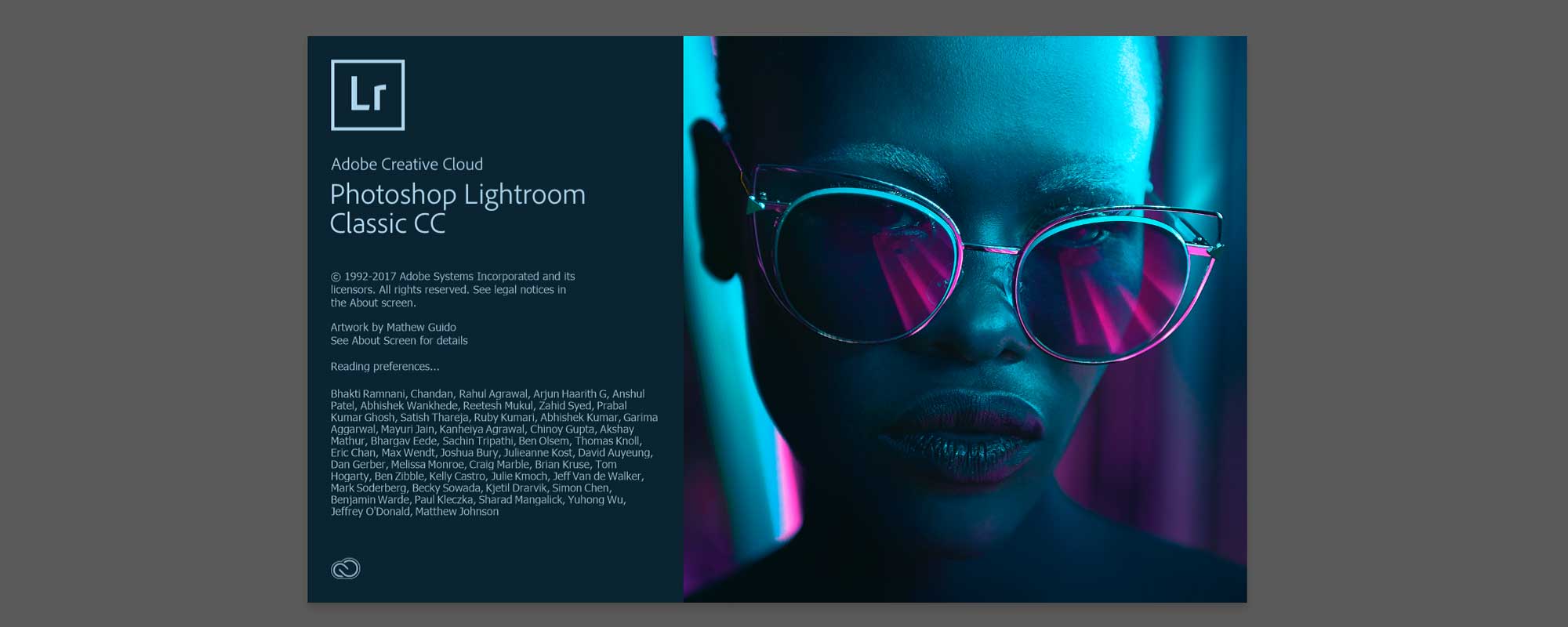
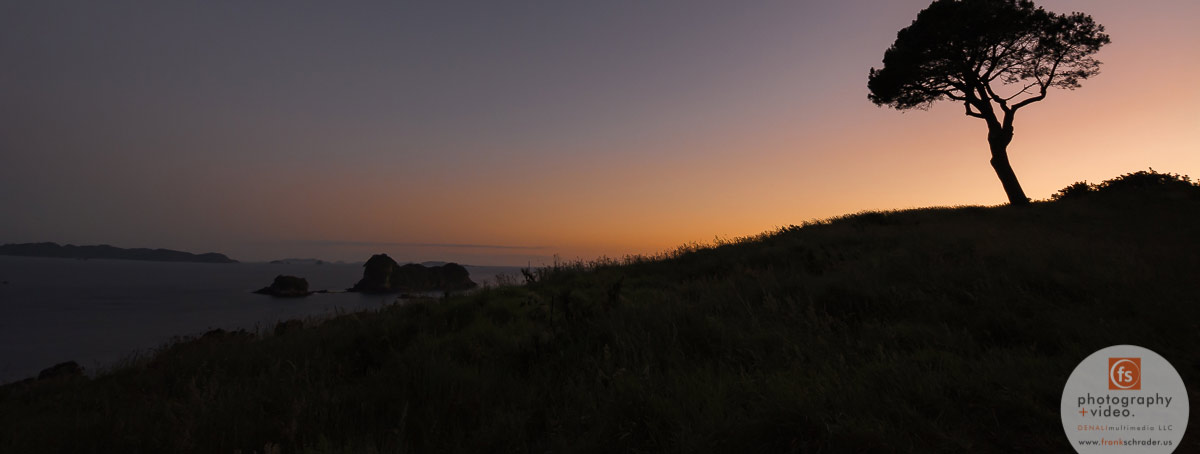
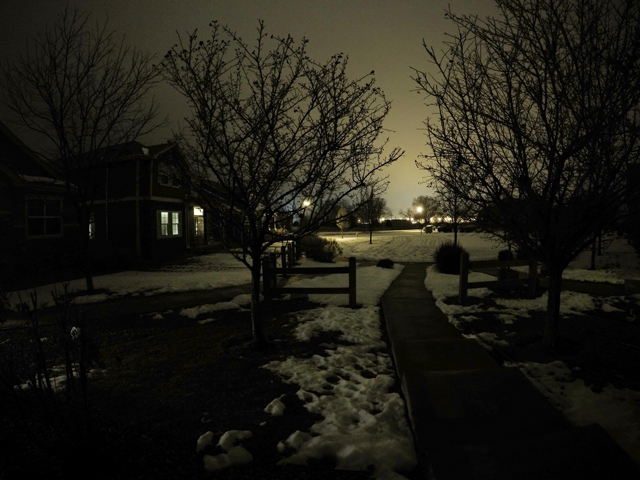

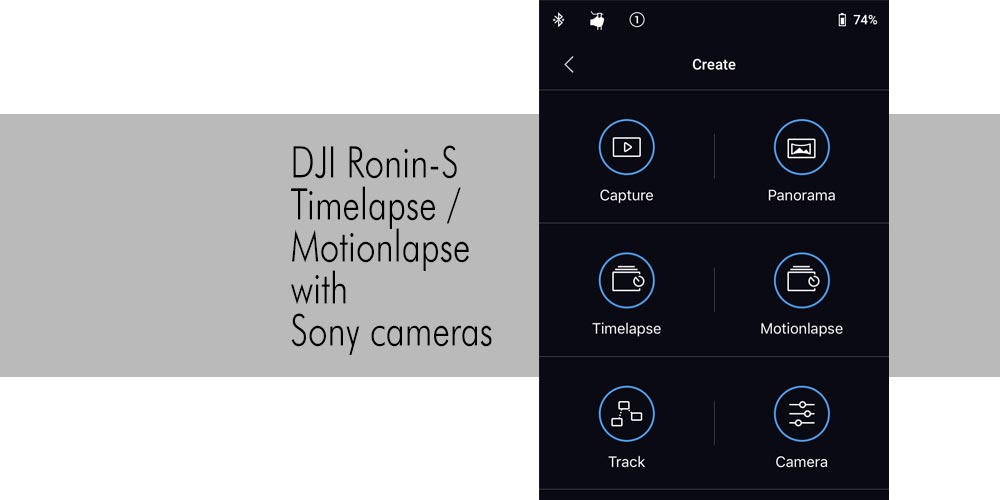
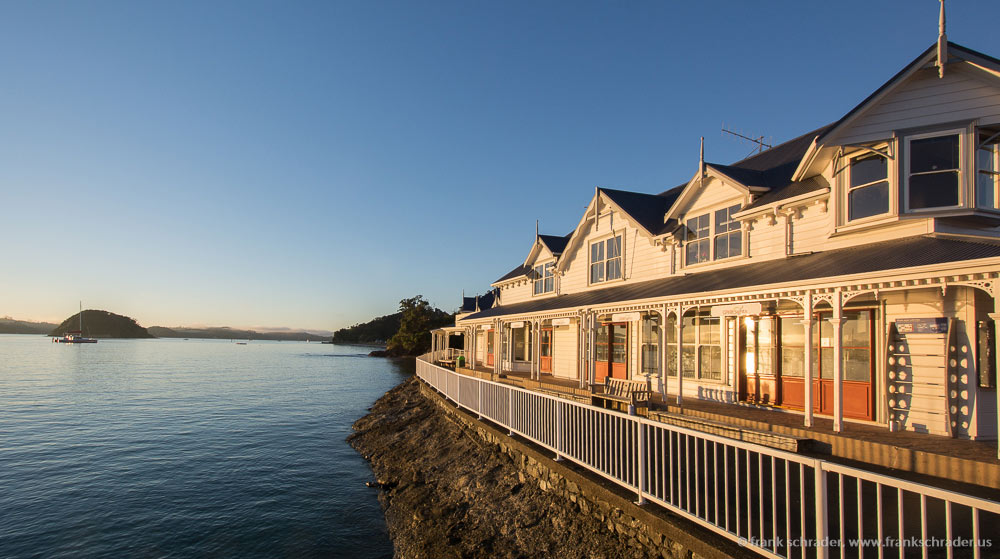
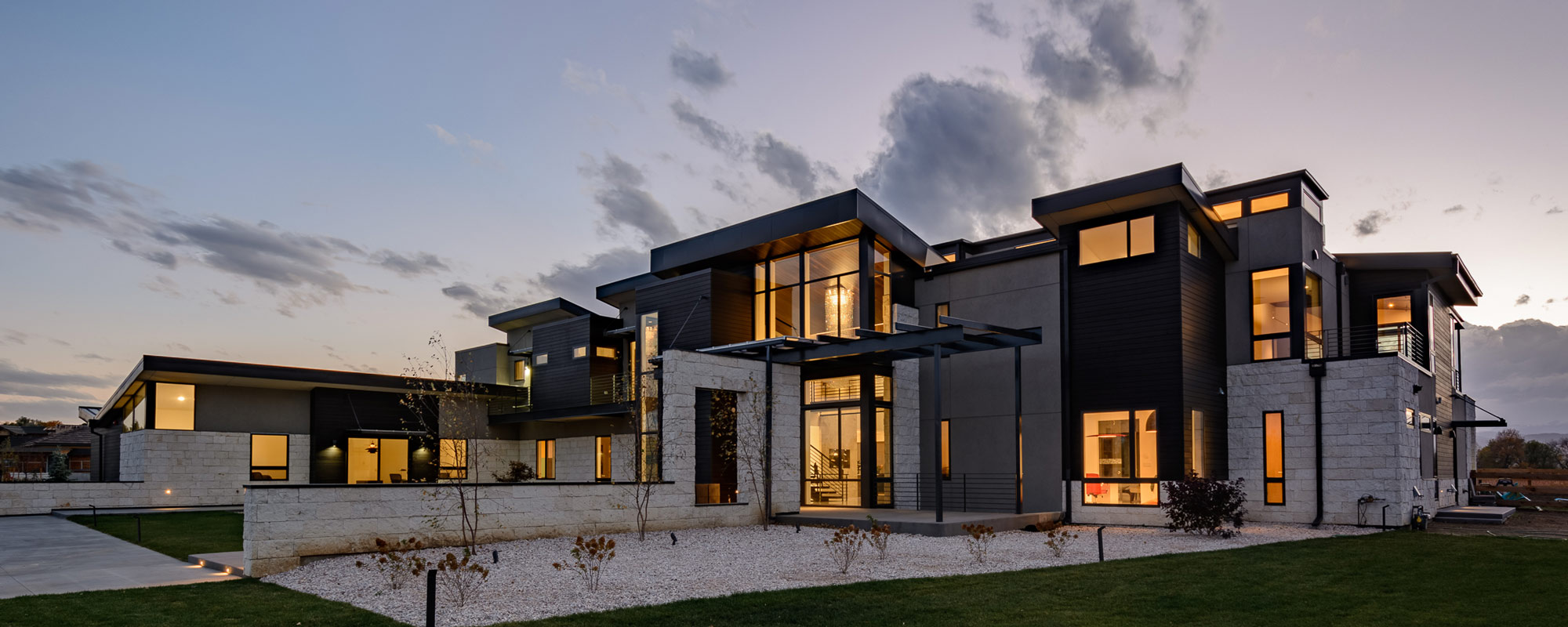
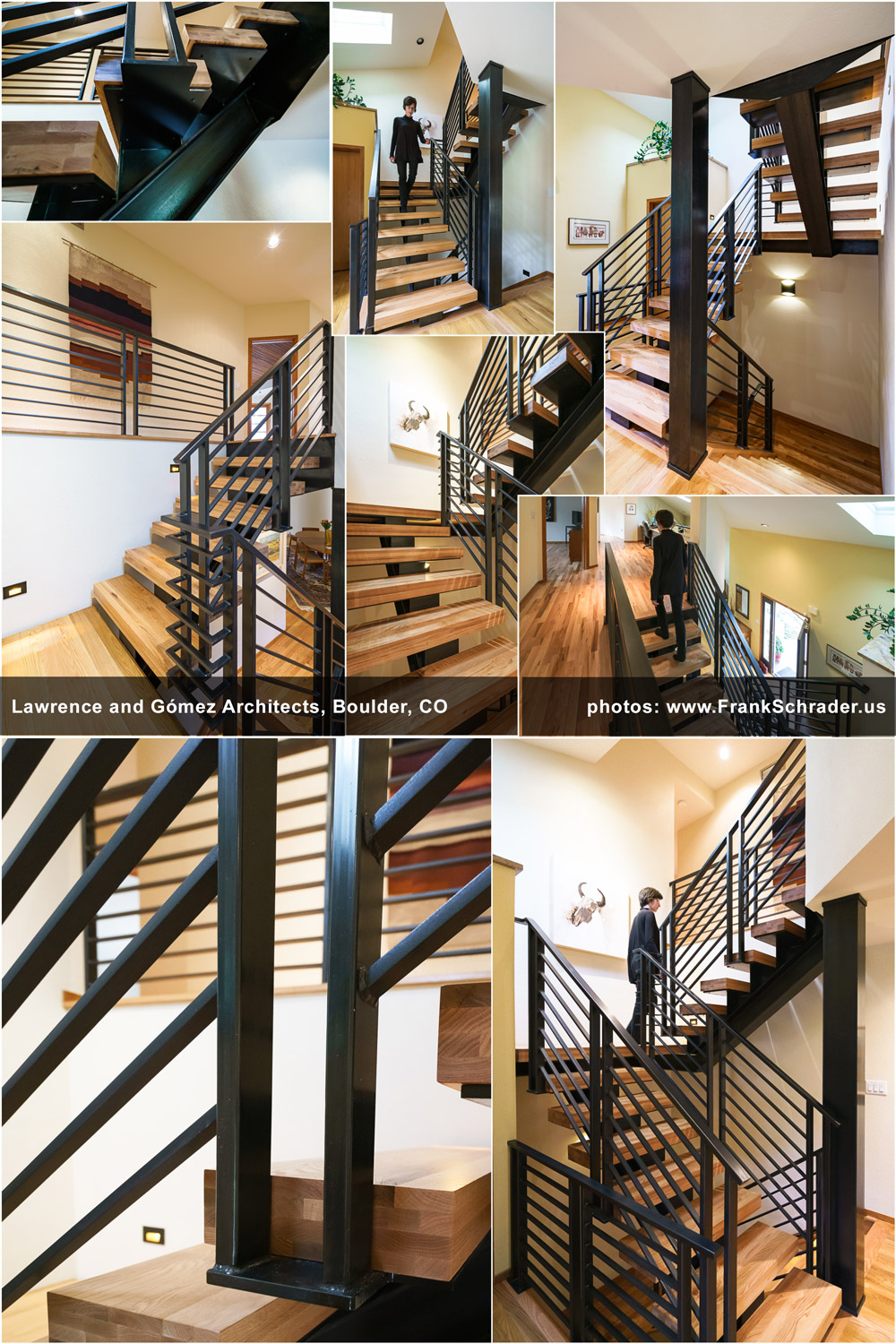
![RGB illumination demonstrated: Red, green and blue lights showing secondary colours with white as FFFFFF [en:User:Bb3cxv, CC BY-SA 3.0 http://creativecommons.org/licenses/by-sa/3.0/, via Wikimedia Commons]](http://www.frankschrader.us/wp-content/uploads/2021/04/wikimedia-RGB_illumination-256x256.jpg)
